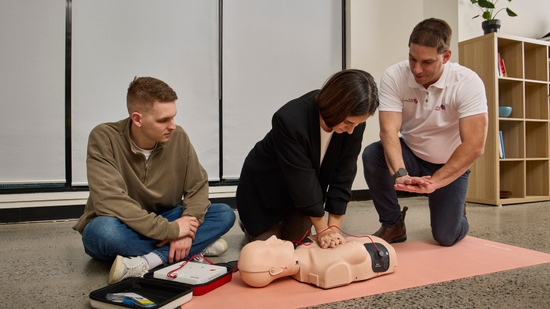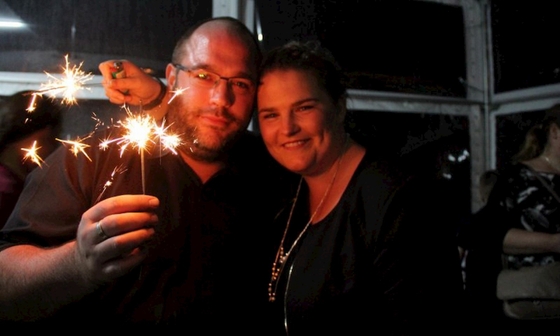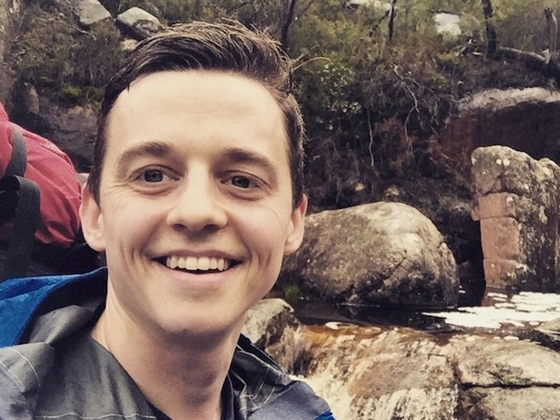
Phil’s heart stopped. CPR and AEDs brought him back.
A cardiac arrest strikes without warning
Phil Moore had always been the healthy one. A high-level athlete, surf lifesaver, and fitness educator, he was the kind of guy people assumed would live forever.
Then, in his late 50s, the New South Wales Lake Macquarie resident’s heart stopped. No warning. No pain. Just silence.
“I'd just walked into my mother's place for Mother's Day. I gave her a kiss, felt light-headed, and sat down. Then I dropped, mate,” Phil recalls. “I had a cardiac arrest. I got defibbed twice. I was out for 20 minutes.”
His wife, Lea—a paramedic—was right there. And she didn’t hesitate.
“She actually did CPR on me until I came back. Without her, my brain function would be gone. No question,” Phil muses.
AEDs in public places: why access matters
Also at the house was Phil’s brother, a former lifeguard. Within four or five minutes, two more people had joined the fight to keep Phil alive, thanks to the GoodSAM app.
The app alerts registered volunteers to provide immediate assistance to people in cardiac arrest before paramedics arrive. It brought help fast: a local surf club member Phil knew, and an off-duty intensive care paramedic Lea knew. Together, they formed an impromptu rescue team.
“My story is all about making sure people do first aid and seeing more automated external defibrillators (AEDs) available to the public. Normally, you’d have a 10% chance of survival in my situation. My brother reckons he’s only going to date people who are paramedics or nurses now.”
Phil puts it down to a case of “right place, right time”.
Phil's life after cardiac arrest
But survival was only part of the story. What came next was a reckoning — with trauma, with identity, and with love.
“Lea and I have always been strong,” Phil says. “We both would do the same for each other. But this… it stamped how strong our relationship really is.”
They’ve spent the months since reassessing everything — work, time, priorities. Lee, ever the voice of reason, helped Phil navigate the aftermath.
“She said, ‘you’re safer now than people walking around not knowing they’re susceptible to this.’”
One thing that remains a mystery is why the cardiac arrest occurred: “It was purely electrical, and they may never know the reason.”
Phil now has an internal defibrillator fitted, a backup shock system tucked near his lap. He’s back surfing, back at the gym four times a week, and back to living. The experience has deepened Phil and Lee’s bond in ways words can barely capture.
“That sort of potential loss,” Phil says, “makes you realise how strong your feelings and your bond really are.”
You might also be interested in...

Heart of the Nation
Support our mission by knowing what you can do to help save a life.

Cardiac arrest at 33: the challenges of restarting your life
Emma shares her cardiac arrest survival story and opens up about her emotional struggles.

Cardiac arrest at 26: adjusting to a new ‘normal’
At 26, Tom was the fittest he'd ever been, but a near-fatal cardiac arrest turned his life upside down.
Last updated21 November 2025